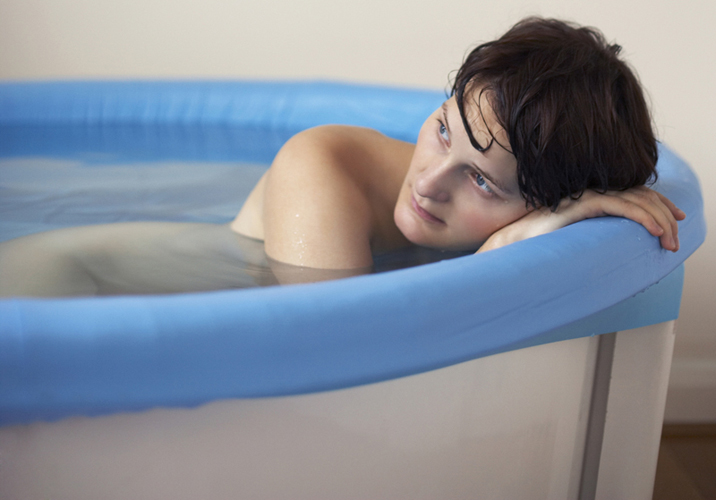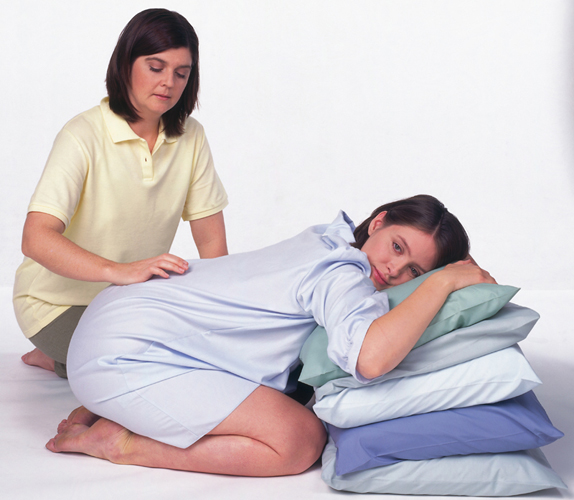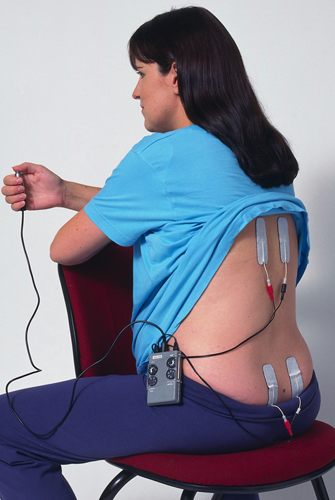Pain relief choices How to manage the pain
There are a range of pain
relief options available. It's wise to think about which method you
would prefer before going into labor.
Relaxation, breathing, keeping mobile, and massage:
You remain in control
and avoid intervention. Being upright can help the position of the baby
and there are no side effects. This may not be sufficient pain relief
for strong contractions.
Water:
Using a birthing pool
in labor and possibly for delivery can help you to labor more relaxed
and less painfully, with no side effects.
TENS (transcutaneous electrical nerve stimulation):
Sticky pads placed on
your back send small electrical impulses to trigger the release of
endorphins. You control the current with a handheld device. This may not
provide sufficient relief for very strong contractions.
Sterile papules:
This is four
small injections of sterile water below the skin of the lower back and
is effective in managing the pain of back labor. Other than discomfort,
there are no risks.
Nubain or Narcotic analgesia:
These can lessen the pain, but can cause nausea and affect the baby's breathing if given too close to delivery.
Epidural anesthesia:
A local injection near
the spine, this is the most effective form of pain relief and doesn't
enter the baby's system. It increases the chance of forceps, vacuum, and
cesarean, since you may not be able to feel when to push. You will be
less mobile and will need monitoring.
Many women find being in warm water an effective method of pain
relief, whether this is taking a bath at home in early labor, or
laboring in a birthing pool thoughout.

A massage to the lower back is another popular way to control pain in the early stages of labor.

A TENS unit gives you control over the amount of pain relief you
receive and allows you to remain mobile and active during the first
stage of labor.
